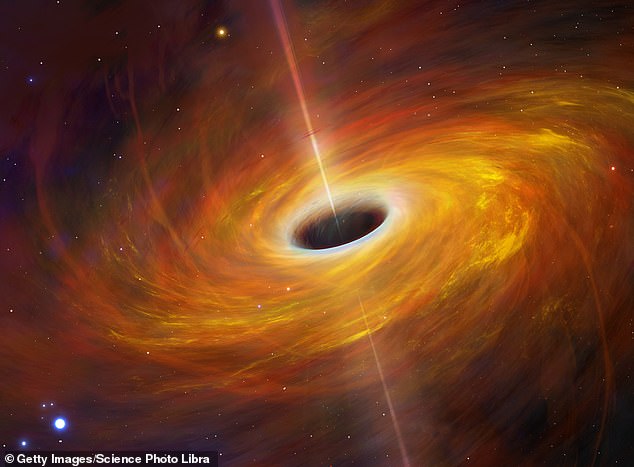
Scientists Predict ‘Big Crunch’ as Potential Cosmic End, Revealing a Hypothetical Timeline
The Universe’s Fiery End: The Big Crunch Explained
(~600 words, with image prompts)
Scientists have long theorized how the universe might end—from heat death to alien invasions. Now, the "Big Crunch" scenario is gaining traction as a leading possibility. According to new research, the universe could collapse inward billions of years from now, reversing the Big Bang in a cosmic implosion.
What Is the Big Crunch?
Picture this: An illustration of the universe contracting into a fiery singularity, akin to a black hole.
The Big Crunch is the inverse of the Big Bang. Instead of expanding, the universe would shrink, pulling galaxies, stars, and planets back toward an infinitely dense point. Dark energy—a mysterious force driving the universe’s current expansion—may weaken over time, allowing gravity and a “cosmological constant” to trigger collapse.
Dark Energy’s Uncertain Future
Picture this: A map of the universe showing galaxies moving apart, contrasted with a second image of them crowding together.
Current models assume dark energy is constant, leading to endless expansion. However, recent observations suggest it’s weakening. If true, the universe’s fate shifts: like a basketball tossed upward, it would eventually stall and plummet back to Earth. “The cosmological constant acts like gravity, pulling everything inward,” explains Dr. Ethan Yu-Cheng of Shanghai Jiao Tong University.
Would We Notice the Collapse?
Picture this: The Hubble Telescope capturing distant galaxies, with arrows indicating their shifted trajectories.
Initially, no. The crunch would unfold over billions of years, imperceptible to human timescales. However, future astronomers might spot galaxies moving toward us instead of away. “Civilizations wouldn’t notice day-to-day changes until the final moments,” says physicist Dr. Hoang Nhan Luu.
Signs of the End
The first clue would be rising cosmic temperatures. As space contracts, background radiation—currently a chilly -270°C—would heat up. “It’s the reverse of today’s cooling universe,” says Cornell’s Prof. Avi Loeb. In 13 billion years, temperatures could match Earth’s, then surge to solar-surface levels within millions of years. Eventually, the universe would hit the “Planck temperature” (1.4×10³²°C), vaporizing all matter.
Solar System’s Grim Fate
Picture this: Planets colliding as spacetime crumples, with black holes consuming debris.
During the crunch, galaxies would merge, and solar systems collapse. Planets would hurtle toward one another, crushed by collapsing spacetime. Black holes would thrive, gorging on ultra-dense matter until even they disintegrate into the singularity.
Timeline: When Will It Happen?
Picture this: An infographic comparing the universe’s lifespan to Earth’s future, including the Sun’s red giant phase.
Researchers estimate the Big Crunch begins in ~11 billion years, with total collapse 8.5 billion years later. But humanity faces nearer threats: in 5 billion years, the Sun will swell into a red giant, engulfing Earth. “We’d need to relocate long before the crunch,” says Cornell’s Prof. Henry Tye.
Conclusion
While the Big Crunch presents a dramatic end, it remains a distant concern. For now, the universe continues expanding—giving humanity billions of years to explore, adapt, or vanish long before the final collapse.
(Word count: ~600)
Image suggestions for placement:
- Big Crunch vs. Big Bang diagram (contrasting expansion/contraction).
- Dark energy map showing galaxies’ motion reversing.
- Solar system collapse during crunch phase.
- Timeline graphic comparing key cosmic events.


